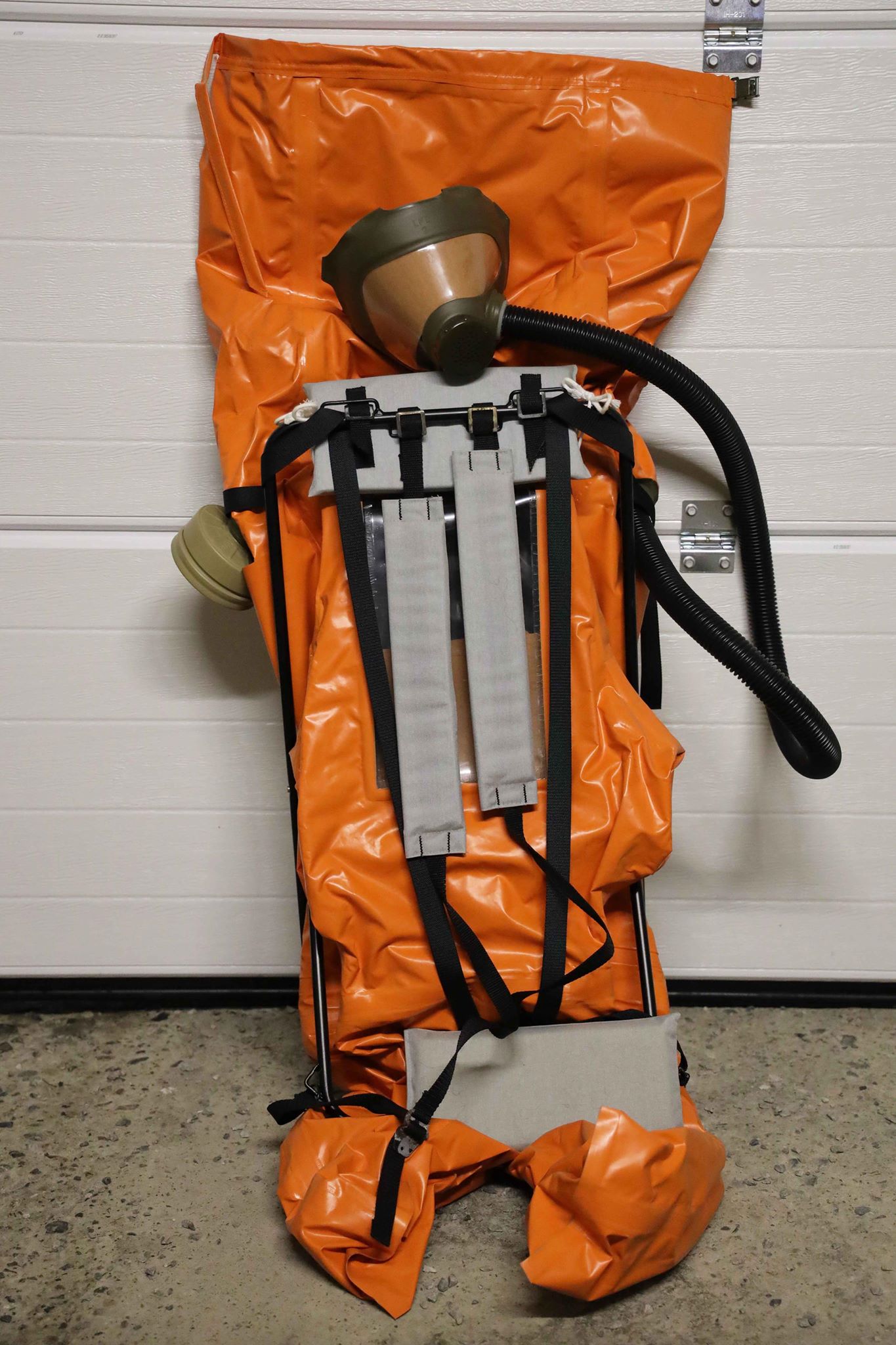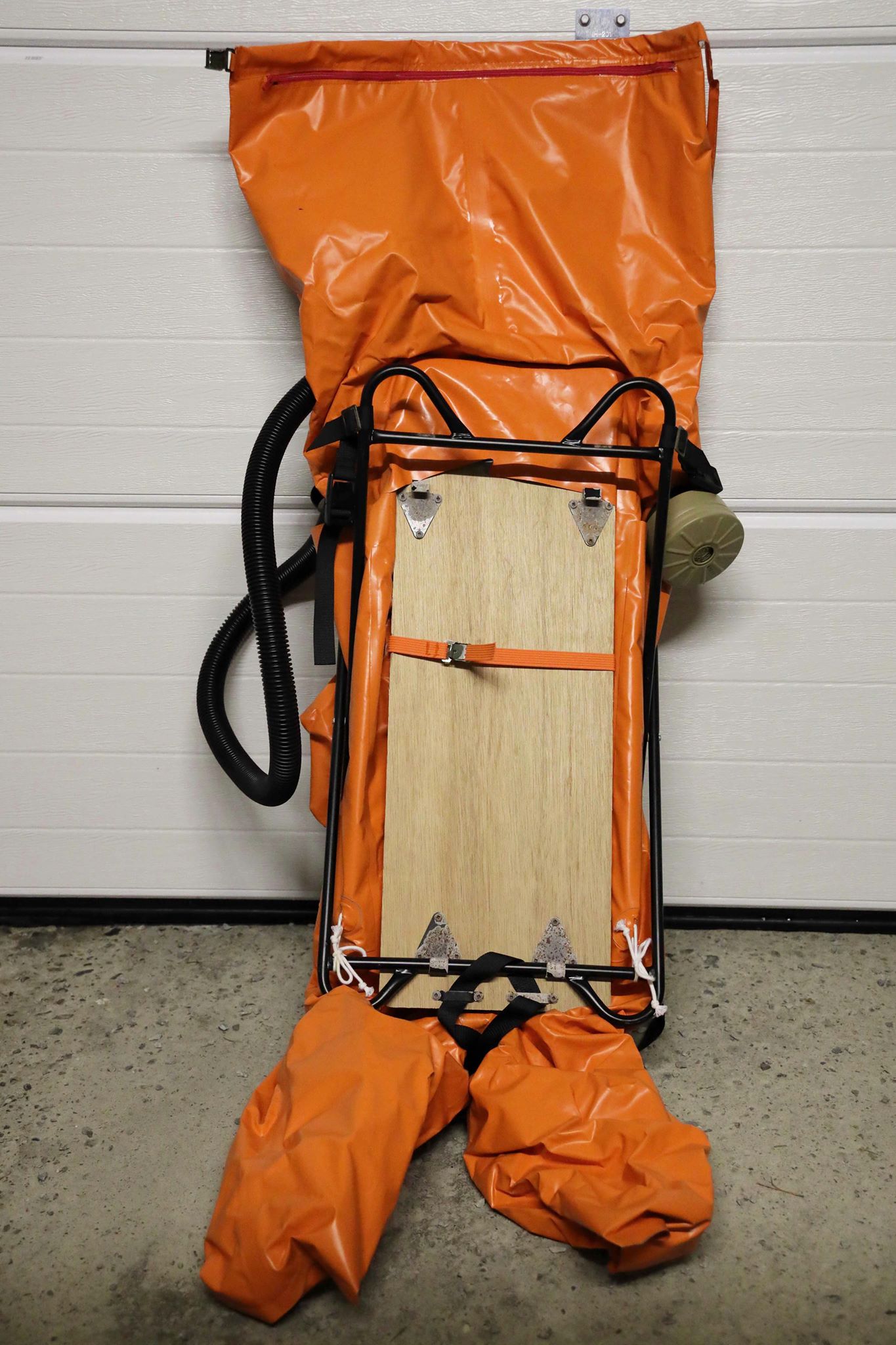Helly Hansen - Childern Gas Bag
- Håkon

- Apr 12, 2019
- 2 min read
Updated: Aug 24, 2020
This page contains all known information about Helly Hansens childeren gas bag.

The Helly Hansen Childeren Gas Bag
In 1986, The development of the Helly Hansen Childeren Gas bag was finished. At this point the bag had been in deelopment for several years by several different parties, including:
- The Directorate for Civil Contingency.
- The Norwegian Defense Research Institute.
- Helly Hansen A/S.
The carrying concept was developed by the company Baumann & Dahl A/S.
The reason for the decelopment of the gas bag was that Norway had no mask that could protect childeren around the age 0-3 years old. The childerens mask that they had developed earlier was too big for these childeren, and that's where the idea of a gas bag came from. The price per unit was set to 1000 NOK ( ≈ 118 USD) . The bag could protect the users from most known chemical and biological weapons, as well as radioactive particles for a minimum of 6 hours. The bag would work without issues in temperatures from -30°C to +30°C (-22°F to +22°F).
How did it work?
The idea behind the gas bag was quite simple, but it worked very well. The bag was connected to a standard Helly Hansen filter, which again was connected to a long black hose that lead to a LFD gas mask. With the child safely secured inside the bag, the individual wearing the mask would then breathe for the child. The bag could be carried on the back as a backpack or just carried as a regular bag.
The manual
The manual for the gas bag goes very in detail on how everything works and how to operate the bag and mask. Unlike the other manuals for the regular Helly Hansen masks, this manual contained alot more details and illustrations.
Thanks to Eivind Steen for allowing me to use his photos of his Childeren gas bag.






















Комментарии